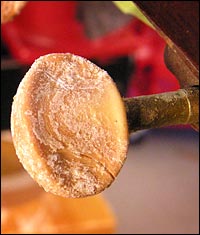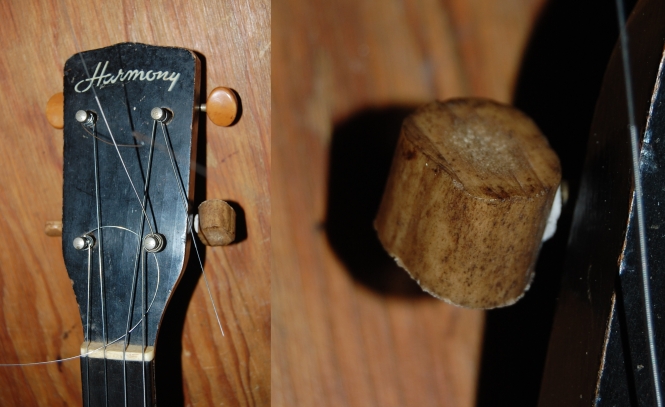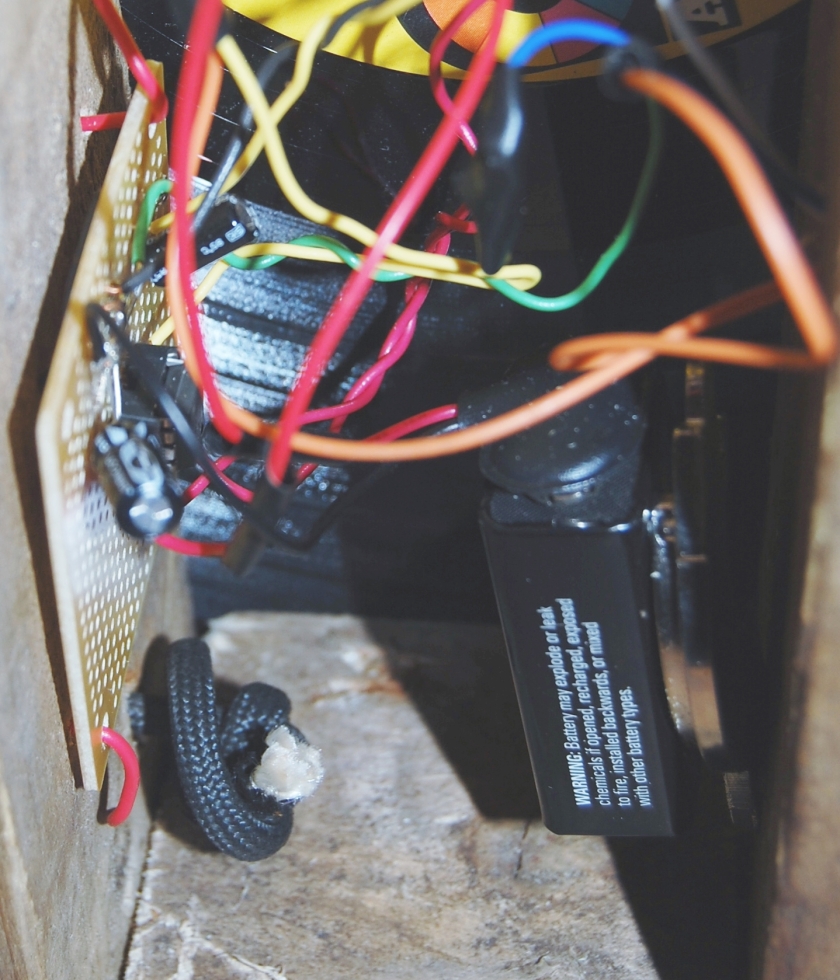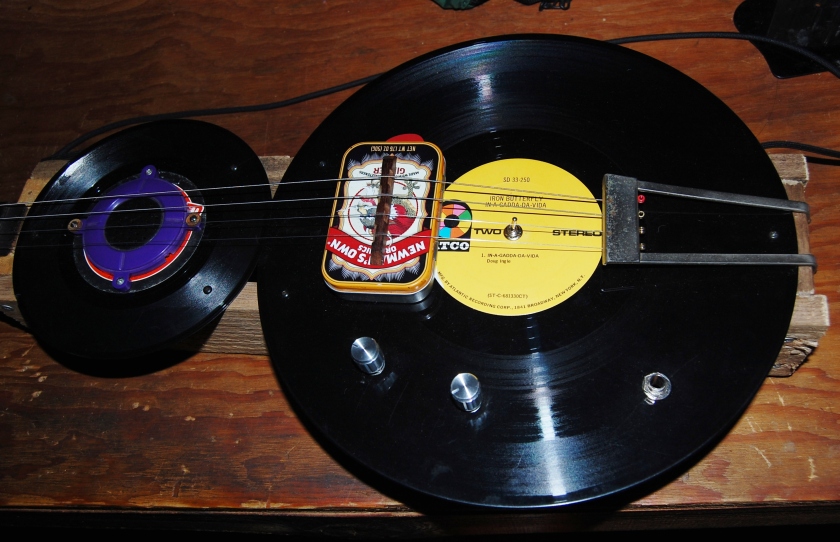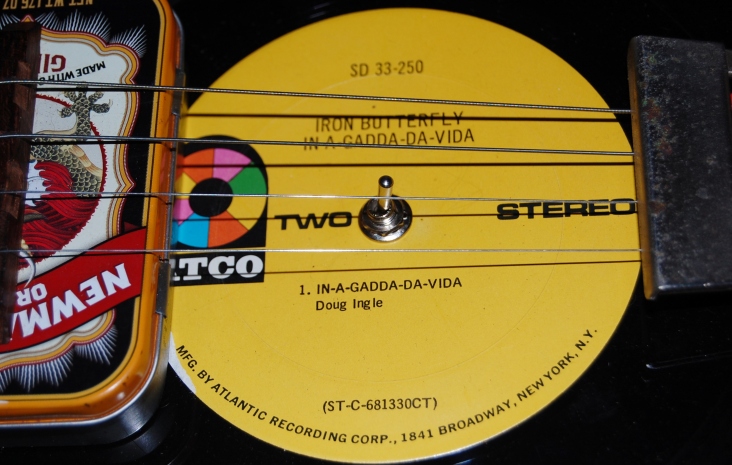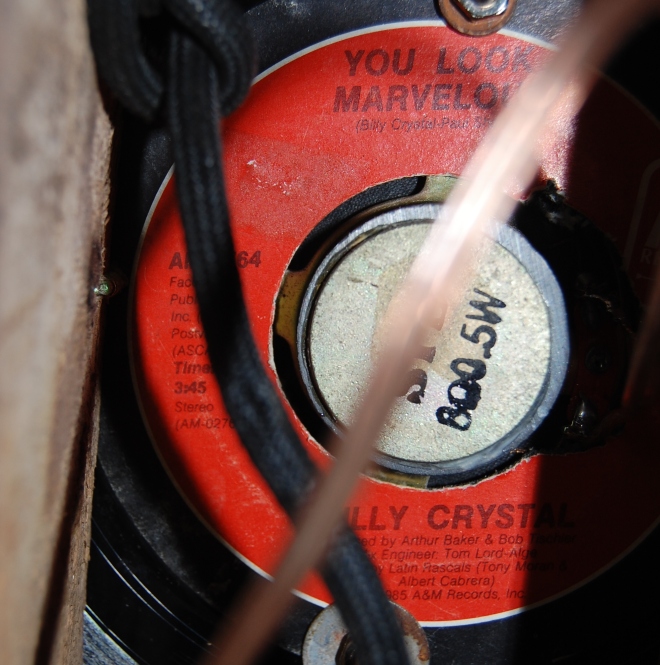This new video features music from my album: Nightmare Castle. Like all of the music on that album, I composed Enter the Underworld using a collection of unique musical instruments I created from recycled materials and found objects I call “The Orchestra of the Unwanted.” Most of these instruments have very quiet voices that I amplify using piezoelectric transducers. Piezoelectric transducers turn vibrations in solid objects into electrical signals that amplifiers and speakers then turn into sound. Still, the sound retains the qualities of a vibrating solid object, with completely different resonance characteristics than if the instrument were recorded acoustically, with a microphone.

A solid object is its own world, acoustically. The vibrations inside a solid object are not affected by room acoustics. When we hear the vibrations in solid objects, it gives us a sense of what it might feel like to be a solid object. That sense of being within a solid object, I think, gives electro-acoustic music in general, and my album, Nightmare Castle, in specific, an other-worldly and under-worldly quality. Enter the Underworld invites you enter the world of solid objects.

I shot the video for Enter the Underworld in Slovenia. The Dragon in the title shot adorns a bridge in the capital city, Ljubljana, and I shot the rest of the footage underground, mostly from a moving train in the dimly lit caverns of Postojnska Jama, possibly Slovenia’s most popular tourist attraction. Slovenia has thousands of caves, and they discover a couple hundred new ones every year, but Postojnska Jama has become the Disneyland of Slovenian caves.

Above ground, they’ve capitalized and merchandised to the hilt. They’ve even turned one of the species discovered living there, the blind cave olm, a pasty, beige, eyeless salamander, into their own “Mickey Mouse,” and you can find its likeness on every imaginable kind of swag. Instead of fake ears that make you look like the famous cartoon rat, they sell fake gills that make you look more like a pallid amphibious troglodyte.

They offer tours every half-hour, seven days a week, in three languages. The tour took us underground, through several miles of amazing rock formations, by train, to a grand gallery deep in the mountain where we got out and walked for about a mile to see some of the largest stalactite and stalagmite formations. After that, we got back on the train and returned to the surface.

It made my jaw drop. Despite the extreme commercialism above ground, the natural beauty of Postojnska Jama, underground, totally blew my mind. I would recommend it to anyone. The video I shot there does not do it justice. However, I really like the visual texture, and the disorienting, nightmarish quality of the footage I took at Postojnska Jama. I think it matches the mood evoked by this music. I hope you enjoy this little video, but I also hope you get to see Postojnska Jama for yourself.





